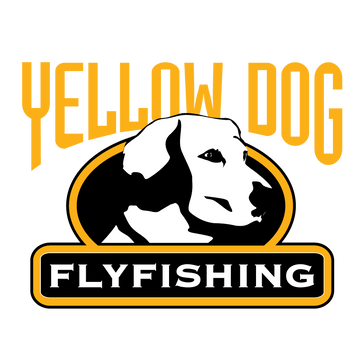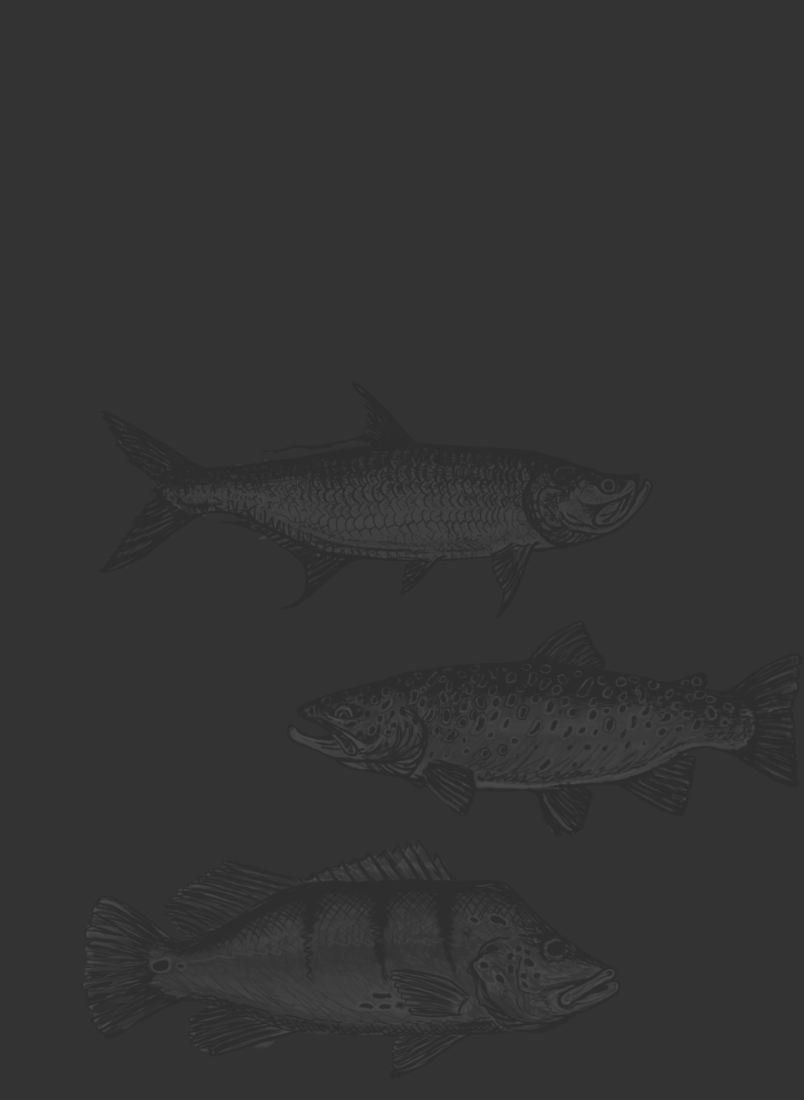Flats fishing generates BZ$240.6 million (6.7% of GDP) annually for Belize and supports 6,000 jobs, yet increasing threats from destructive development such as dredging and over-water development have placed critical flats habitats at risk.
For the last eighteen months, Yellow Dog Flyfishing and YDCCF has served on the Turneffe Atoll Marine Reserve Flats Fishing Working Group, to develop a plan for managing and sustaining this fishery. Through this collaboration, we’re excited to share the launch of the Turneffe Atoll Marine Reserve Flats Fishing Management and Sustainability Plan—a first-of-its-kind initiative designed to manage one of Belize’s most valuable fisheries and serve as a model within Belize and globally.
Learn more about the plan, its impacts, and what anglers can do to help spread the message below:
What is the Turneffe Atoll Marine Reserve?
The Turneffe Atoll Marine Reserve (TAMR) is Belize’s largest marine protected area, encompassing the entire Turneffe Atoll - more than 325,000 acres of coral reefs, seagrass beds, mangroves, and backreef flats. Officially established in 2012, TAMR is co-managed by TASA and the Belize Fisheries Department to conserve biodiversity, support sustainable fisheries, and promote responsible tourism.
What is TASA and who is involved?
The Turneffe Atoll Sustainability Association (TASA) is the co-manager of the Turneffe Atoll Marine Reserve. TASA works alongside Belize’s government, local fishing communities, conservation partners, and international experts to sustainably manage and protect Turneffe’s marine resources.
Why is Turneffe an important marine resource for Belize?
Turneffe Atoll is the largest and most biologically diverse coral atoll in the Western Hemisphere. It plays a critical role in Belize’s marine economy with a productive commercial fishery and tourism focusing on flats fishing, diving and snorkeling. Surrounded by a fringing coral reef, the atoll includes a network of flats, creeks, lagoons, and backreef ecosystems that are vital habitats for bonefish, tarpon, permit, and other species.
What is the Flats Fishing Management & Sustainability Plan?
This plan provides a comprehensive framework for managing and protecting Turneffe’s flats fishery. It assesses the sustainability of the fishery, maps essential flats areas, analyzes the fisheries regulatory framework, institutes standards for flat fishing etiquette, addresses potential conflicts with commercial fishing, and establishes a framework for permanently protecting Turneffe’s essential flats fishing habitats.
Who developed this plan?
The Plan was developed by a TASA working group which included Turneffe Atoll Trust, the Belize Fisheries Department, the Belize Coastal Zone Management Authority & Institute, Turneffe Flats, Turneffe Island Resort, a long-term Turneffe flats guide, TASA, Yellow Dog Community & Conservation Foundation, the Environmental Defense Fund, and an internationally recognized flats fishing expert. The working group was chaired by Turneffe Atoll Trust with Coastal Zone the Vice-Chairman.
Who should care about this plan?
By ensuring the health of the flats fishery and conserving essential habitats, the plan is relevant to international anglers, travel industry professionals, conservationists and all Turneffe Atoll visitors. It is also relevant to all Belizeans, particularly fishing guides and those employed at Turneffe’s flats fishing operators.
Why is this plan needed now?
While Belize’s flats remain productive, they face increasing pressure from destructive development - particularly seabed dredging, over-water development and mangrove deforestation. This plan is a proactive approach to ensure that these valuable resources are not degraded.
How will this plan help the fishery?
By promoting better management, lessening potential conflicts between anglers, advancing the science understanding of the fishery and ensuring the sustainability of Turneffe’s critical flats habitats. This plan ensures sustainable fishing, healthier fish populations, and long-term economic benefits for Belize.
Will this plan help more than flats fishing?
Absolutely. Sustaining the atoll’s flats fishing habitats will protect a substantial portion of Turneffe’s natural environment providing benefits for commercial fishing and other tourism activities.
How does this impact traveling anglers who visit and fish Belize and Turneffe?
Travelers can expect more consistent and productive fishing, improved guide coordination, and enhanced protection of key flats habitats. Anglers are encouraged to support and follow the best practices outlined in the plan.
Are fishing rules changing under this plan?
There are no sweeping changes or bans. Instead, the plan promotes better cooperation and improved flats fishing etiquette designed to enhance, not restrict, the angling experience.
What are the main threats to the flats and shallow water environments on Turneffe Atoll?
Major threats include seabed dredging – particularly dredging of flats to fill low mangrove covered islands, over-water development and mangrove deforestation. These practices have been responsible for loss of key flats fishing habitats at Turneffe and elsewhere in Belize and remain the largest threats to Belize’s flats fisheries.
How does the plan support conservation AND the economy?
In addition to protecting Belize’s marine environment, protecting flats fishing provides a major economic boost for Belize. Belize’s flat fishing industry contributes over BZ$240 million per year to Belize’s economy (6.7% of the country’s GDP) and supports 6,000 jobs. Protecting the fishery safeguards both ecological integrity and economic stability.
How can the global flyfishing community help?
Awareness, support, and funding for sustainable fisheries management are crucial. Anglers, outfitters, and conservation organizations can help by promoting responsible fishing practices, spreading the word, and assisting TASA’s implementation efforts.
Can this be a model for other fisheries?
Yes. This is likely the world’s first comprehensive management plan for a flats fishery. TASA and Flats Fishing Working Group members hope that it inspires similar efforts elsewhere in Belize and in shallow water ecosystems globally.
Where can I find more information?
Visit www.tasa.org.bz or www.turneffeatoll.org or contact TASA, TAT, Turneffe Flats or Turneffe Island Resort directly for copies of the full plan, partnership opportunities, and updates on implementation.































